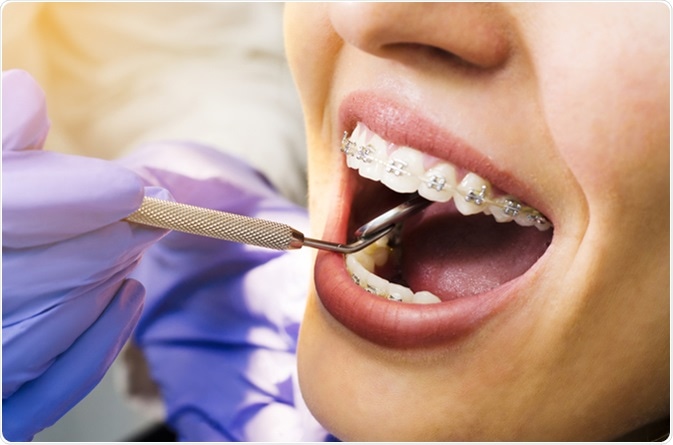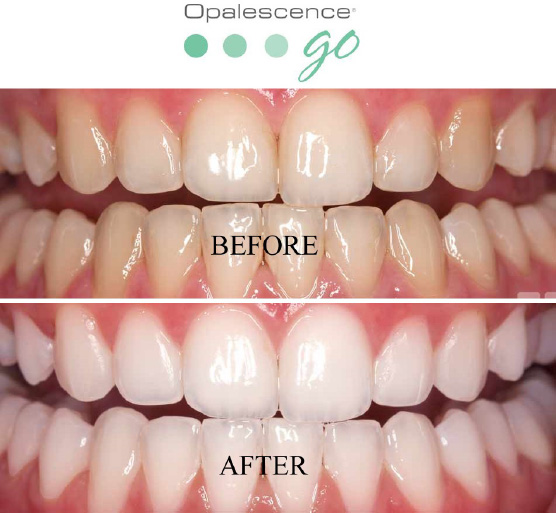Are you considering getting dental braces but unsure of what to expect during the application process? The process typically begins with an orthodontic consultation to evaluate your teeth and jaw alignment. From there, a suitable type of braces will be chosen, such as traditional metal braces, ceramic braces, or clear aligners. The application itself involves bonding brackets to your teeth and connecting them with wires. Regular adjustments are needed to gradually shift your teeth into the desired position. It’s important to care for your braces properly by avoiding certain foods, practicing good oral hygiene, and using orthodontic tools like floss threaders. The end result? A straighter smile and improved dental health.
Have you ever wondered how the dental braces application process works?
Thinking of getting braces? Let’s walk through the detailed process of getting dental braces, starting from your initial consultation to the final result of a straighter smile.
The Orthodontic Consultation: The First Step on Your Journey to Straight Teeth
The first step in getting dental braces is to schedule an orthodontic consultation. During this appointment, the orthodontist will examine your teeth, jaw alignment, and overall oral health to determine if braces are necessary and what type of braces will be most suitable for your case.
An x-ray or dental impressions may be taken to create a customized treatment plan. Don’t worry; this is a painless process that will help the orthodontist understand the current state of your teeth and how they can be corrected.
Selecting the Right Type of Braces: Making an Informed Decision
After the initial examination, the orthodontist will discuss with you the different types of braces available. Traditional metal braces, ceramic braces, and clear aligners are some common options. Each type has its own set of advantages and considerations based on factors such as aesthetics, durability, and level of correction needed.
The orthodontist will recommend the best option for your specific case, taking into account your preferences, lifestyle, and budget. Feel free to ask questions and express concerns so you can make an informed decision about the type of braces that will work best for you.

This image is property of d2jx2rerrg6sh3.cloudfront.net.
The Application Process: Putting Braces on Your Teeth
Once you have chosen the type of braces, it’s time for the application process to begin. This is when the orthodontist will attach the braces to your teeth, starting the journey towards a straighter smile.
Bonding Brackets to Your Teeth: Step by Step
The first step in applying dental braces is bonding the brackets to your teeth. The orthodontist will use a special adhesive to attach small metal or ceramic brackets to the front surface of each tooth. This process is painless and generally takes about 1-2 hours to complete.
The brackets act as anchors for the wires that will gradually move your teeth into the desired position. Once the brackets are in place, the orthodontist will connect them with flexible wires that apply gentle pressure to shift your teeth over time.
Adjusting the Braces: Fine-Tuning Your Treatment Plan
After the initial application, you will need to visit your orthodontist regularly for adjustments. During these appointments, the orthodontist will tighten or replace the wires on your braces to continue moving your teeth into the correct alignment.
These adjustments are an essential part of the treatment process and are necessary to ensure that your teeth are progressing according to the treatment plan. The frequency of adjustments will vary depending on your individual needs and how your teeth are responding to the braces.
Maintenance and Care: Keeping Your Braces in Top Condition
Caring for your braces is crucial to ensure the success of your treatment and maintain good oral health. Here are some essential tips to help you take care of your braces:
- Avoid Certain Foods: Sticky, hard, or chewy foods can damage your braces or get stuck in them, leading to potential dental issues. Avoid foods like popcorn, gum, and hard candies that can cause problems with your braces.
- Maintain Good Oral Hygiene: Brushing and flossing regularly is essential when you have braces. Use a soft-bristled brush and special tools like floss threaders or interdental brushes to clean around the brackets and wires. Keeping your teeth clean will help prevent tooth decay and gum disease during your orthodontic treatment.
- Follow Orthodontist’s Instructions: Your orthodontist will provide specific guidelines for caring for your braces, such as wearing rubber bands, using orthodontic wax for discomfort, and attending regular check-up appointments. Follow these instructions carefully to ensure the best results from your treatment.
Dealing with Discomfort: Tips for Managing Pain and Discomfort
It’s normal to experience some discomfort or soreness when you first get braces or after adjustments. Here are some tips to help you manage pain and discomfort during your orthodontic treatment:
- Use Over-the-Counter Pain Relievers: Ibuprofen or other over-the-counter pain relievers can help reduce soreness and discomfort caused by braces. Follow the recommended dosage instructions and consult your orthodontist if you have persistent pain.
- Eat Soft Foods: Stick to softer foods like soups, yogurt, and mashed potatoes after getting braces or adjustments. Avoid crunchy or hard foods that can exacerbate soreness in your mouth.
- Apply Orthodontic Wax: If the brackets or wires are irritating your cheeks or lips, apply orthodontic wax to create a protective barrier. This can help reduce friction and discomfort caused by the braces.

This image is property of cdn11.bigcommerce.com.
The Final Result: A Straighter Smile and Improved Dental Health
After months or years of wearing braces and following your orthodontist’s instructions, you will achieve a straighter smile and improved dental health. The final result of your braces treatment will depend on the severity of your orthodontic issues and how well you followed your treatment plan.
Once your orthodontist determines that your teeth are in the desired position, the braces will be removed, and you will transition to the retention phase of treatment. This phase involves wearing a retainer to maintain the new alignment of your teeth and prevent them from shifting back to their original positions.
Retaining Your Results: The Importance of Wearing a Retainer
Wearing a retainer is essential to retain the results of your orthodontic treatment. The retainer helps stabilize your teeth in their new positions and prevents them from shifting over time. Your orthodontist will provide specific guidelines on how often to wear your retainer and for how long to ensure the longevity of your results.
It’s important to follow your orthodontist’s instructions regarding wearing and caring for your retainer to avoid any relapse of your teeth. Regular follow-up appointments will allow the orthodontist to monitor your progress and make any necessary adjustments to your retainer to maintain the alignment of your teeth.
Enjoying the Benefits: Confidence in Your Smile and Oral Health
Once you have completed your braces treatment and transitioned to wearing a retainer, you can enjoy the benefits of a straighter smile and improved dental health. Your confidence will be boosted, and you’ll feel proud of the effort you put into achieving a beautiful smile.
Remember that proper oral hygiene and regular dental check-ups are essential even after your braces treatment is complete. Maintaining good oral health practices will help ensure that your straight smile lasts a lifetime.
Congratulations on completing your dental braces application process! Now, keep smiling and enjoy the results of your hard work and dedication to achieving a healthier, happier smile.

This image is property of i0.wp.com.


